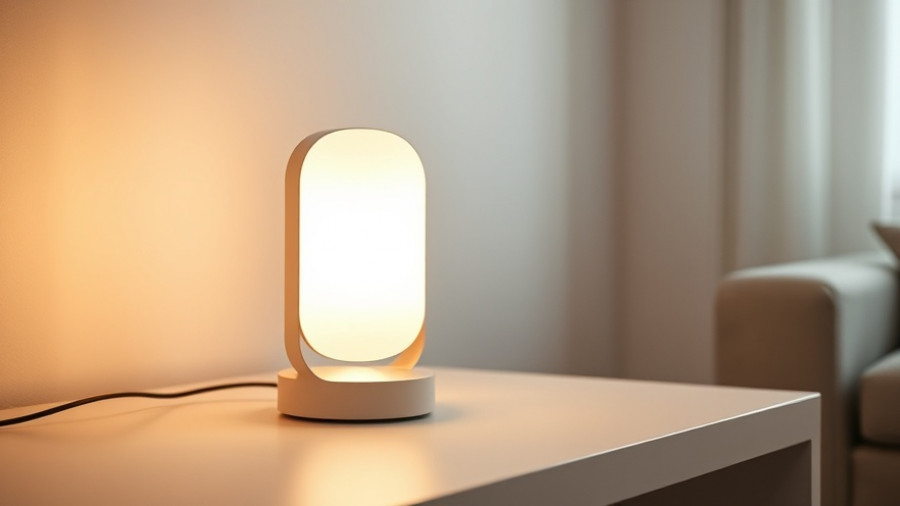
Unlocking the Joy of Diamond Painting: Avoiding Common Pitfalls
Diamond painting has captured the heart of many young homeowners in London, providing a unique blend of relaxation and creativity. This engaging art form invites individuals to create stunning mosaics using colorful resin diamonds, yet many still find their projects take longer than expected. Understanding some common pitfalls can transform the experience from frustrating to fulfilling, ensuring that every crafting session leaves you feeling accomplished.
Why Organization Can Make All the Difference
Before you dive into a diamond painting project, take a moment to organize your supplies. One of the most frequent mistakes is starting without carefully sorting your diamonds and tools. This oversight can lead to rummaging through scattered pieces, undoubtedly wasting valuable time. Imagine reaching for a diamond only to find it buried under a heap of unorganized tools—it can quickly drain your enthusiasm!
Instead, consider the benefits of taking a few minutes to prepare. Grouping your diamonds by color in small containers and keeping your tools in one spot not only enhances the workflow but also allows for a smoother, more enjoyable painting process. As you turn your attention to the canvas, knowing where everything is will keep you focused on creating instead of searching.
Securing the Canvas: A Foundation for Success
Another common error is neglecting to secure the edges of the canvas. When those edges are not properly held down, the fabric can warp over time—leading to an uneven canvas that makes placing diamonds painstakingly difficult. This issue is particularly frustrating in humid environments or when working on surfaces that may shift.
Utilizing tape, clamps, or even heavy objects to stabilize your canvas can drastically improve your experience. A flat, secure workspace allows you to concentrate on the vibrant colors and patterns that emerge, keeping the project enjoyable from start to finish!
The Importance of the Colour Chart: A Roadmap to Artistic Perfection
Many enthusiasts overlook the crucial tool provided with their kits—the colour chart. This handy guide translates symbols into specific colors, forming an essential roadmap for your artistic journey. Ignoring this vital resource leads to mismatched shades and frustrating mistakes that can cause a dip in motivation.
Investing some time in understanding the colour chart ensures you maintain a cohesive and visually stunning finished piece, saving you from tedious backtracking. Thoughtfully referencing this chart allows diamond painters to truly immerse themselves in the process, finding joy in each uniquely placed gem.
Creating a Comfortable and Inviting Workspace
The atmosphere in which you craft has profound effects on your enjoyment and productivity. A cluttered or uncomfortable workspace can stifle creativity and make even the simplest tasks appear daunting. Ensure your environment is well-lit, cozy, and inspiring to maintain a positive mindset.
Incorporate elements that resonate with you, such as soft music, organized crafting tools, and comfortable seating. By cultivating a space that invites relaxation, you'll find that your passion for diamond painting flourishes.
Moving Towards More Enjoyable Projects
Diamond painting is more than just a hobby; it’s a form of mindfulness, offering a space for creativity and self-expression. The insights discussed above aim to enhance your experience, allowing you to overcome common obstacles that may impede your progress. With patience, practice, and these helpful tips, you can transform your diamond painting experience into a joyful and rewarding endeavor.
Get Started on Your Diamond Painting Journey Today!
Are you ready to dive into the vibrant world of diamond painting? By implementing these simple strategies, you can elevate your crafting experience from ordinary to extraordinary. Embrace the creativity, share your experiences, and let every stroke of your tool be a step toward creating your masterpiece. Happy crafting!
 Add Row
Add Row  Add
Add 




Write A Comment